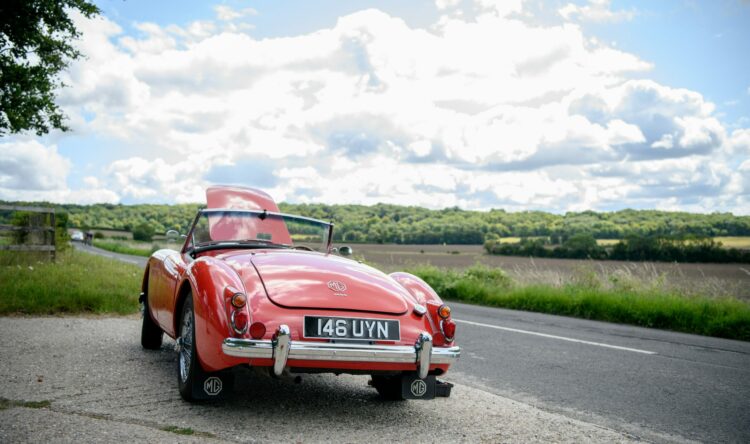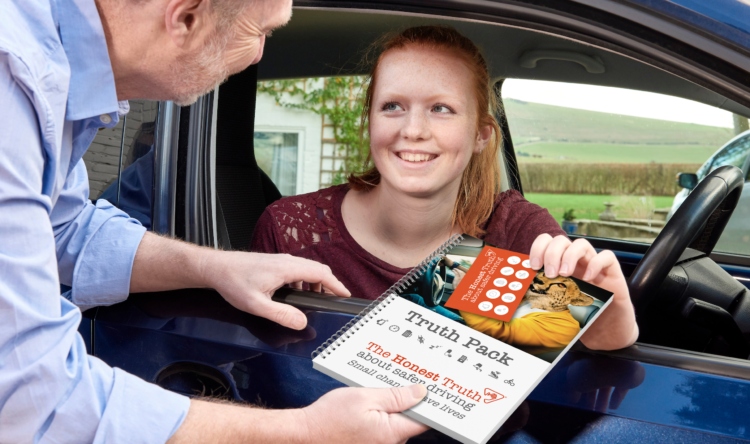Limits need enforcement
Technology to be used to enforce 20 mph limits
Urban 20 mph speed limits have failed to really make an impression on casualty stats so far because adherence is low and enforcement lower.
But according to Jenoptic, a technology solutions provider, things are about to change.
Picture this
As previously reported here, one London borough is trialing its own enforcement measures away from the police. The Wandsworth experiment on two of its problematic roads is being used as a guinea pig for both the rest of London and nationally.
In the South West, roads in Plymouth are also trialing the use of technology to catch speeders on urban street.
Technological enforcement
Jenoptik, a provider of speed camera solutions, has been working with Vision Zero South West. They have installed a series of average and spot speed cameras on a network of 20mph roads in the city.
The required enforcement is to crack down on so-called boy racers antisocially driving at speed in the area in particular. Residents did not want speed humps on the narrow streets, so the camera solution was chosen instead.
Unlike speed humps, camera enforcement does not inconvenience law-abiding drivers. It’s also much better for the environment as vehicles do not have to low down and accelerate continuously. This doesn’t just prevent unnecessary use of extra fuel and the emissions, but also reduces brake and tyre dust which are now considered and serious roadside pollution problem.
Checking speed and pollution
During the initial testing period, Jenoptic reported more than a hundred offences per hour.
Timo Thornton, Jenoptik product manager, said: “SPECS cameras have been used to enforce 20mph limits for many years now, but a lack of awareness and high cost limited their application.
“The latest generation of cameras are not only cost effective, but deliver a host of benefits that residents are crying out for.
20 mph limits in urban areas have been the foundation of campaigns across the globe by the World Health Organisation. They are a proven way to improve road safety, especially for young people, whilst also reducing pollution.
Recent studies show that even a 1mph reduction in mean speed can reduce accidents by 6%. Meanwhile, 20mph zones have been shown to reduce casualties by 42% and drop pollution by a third.






